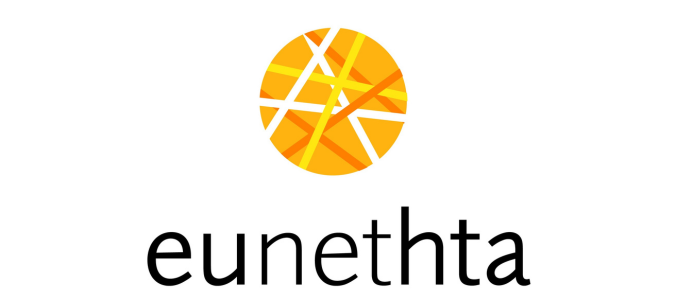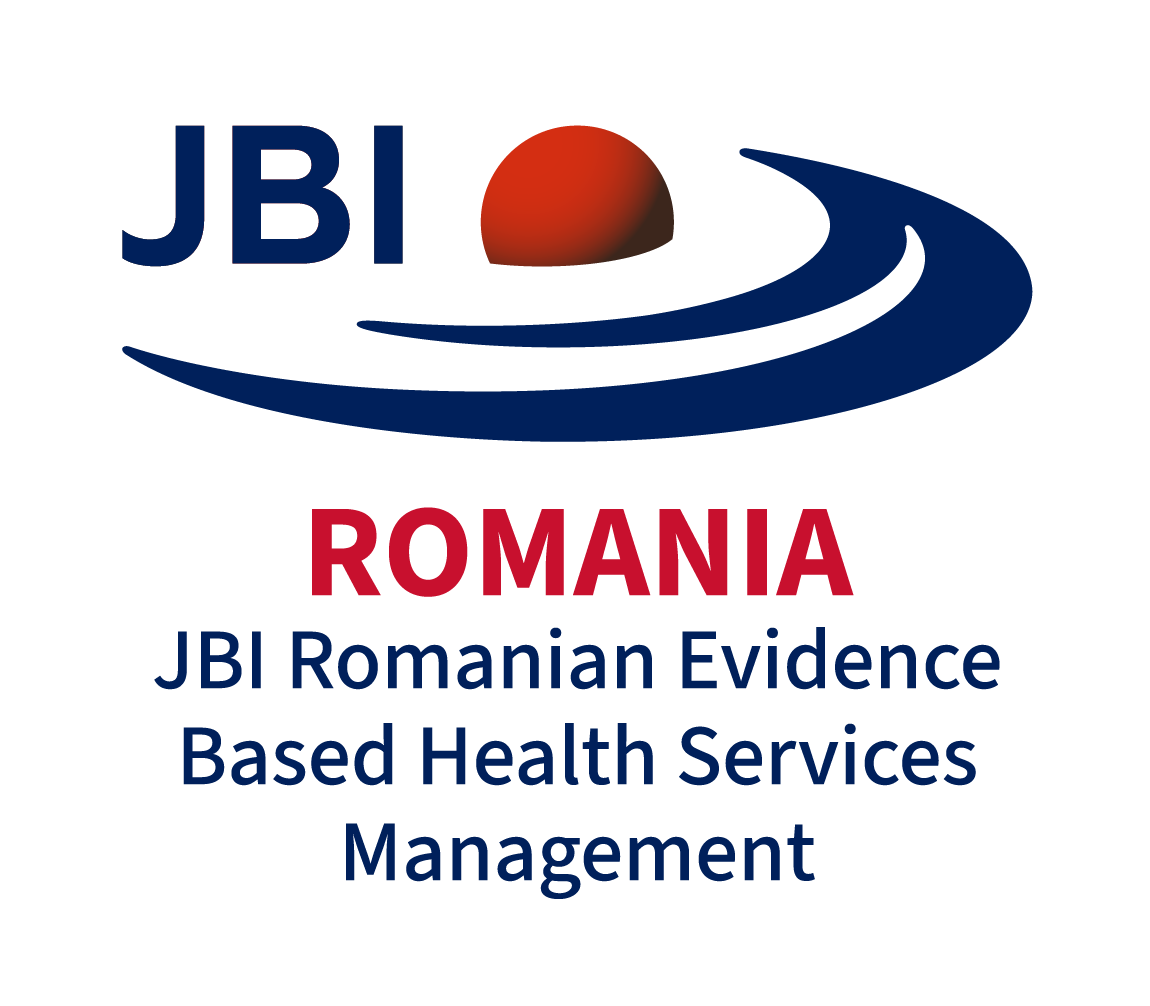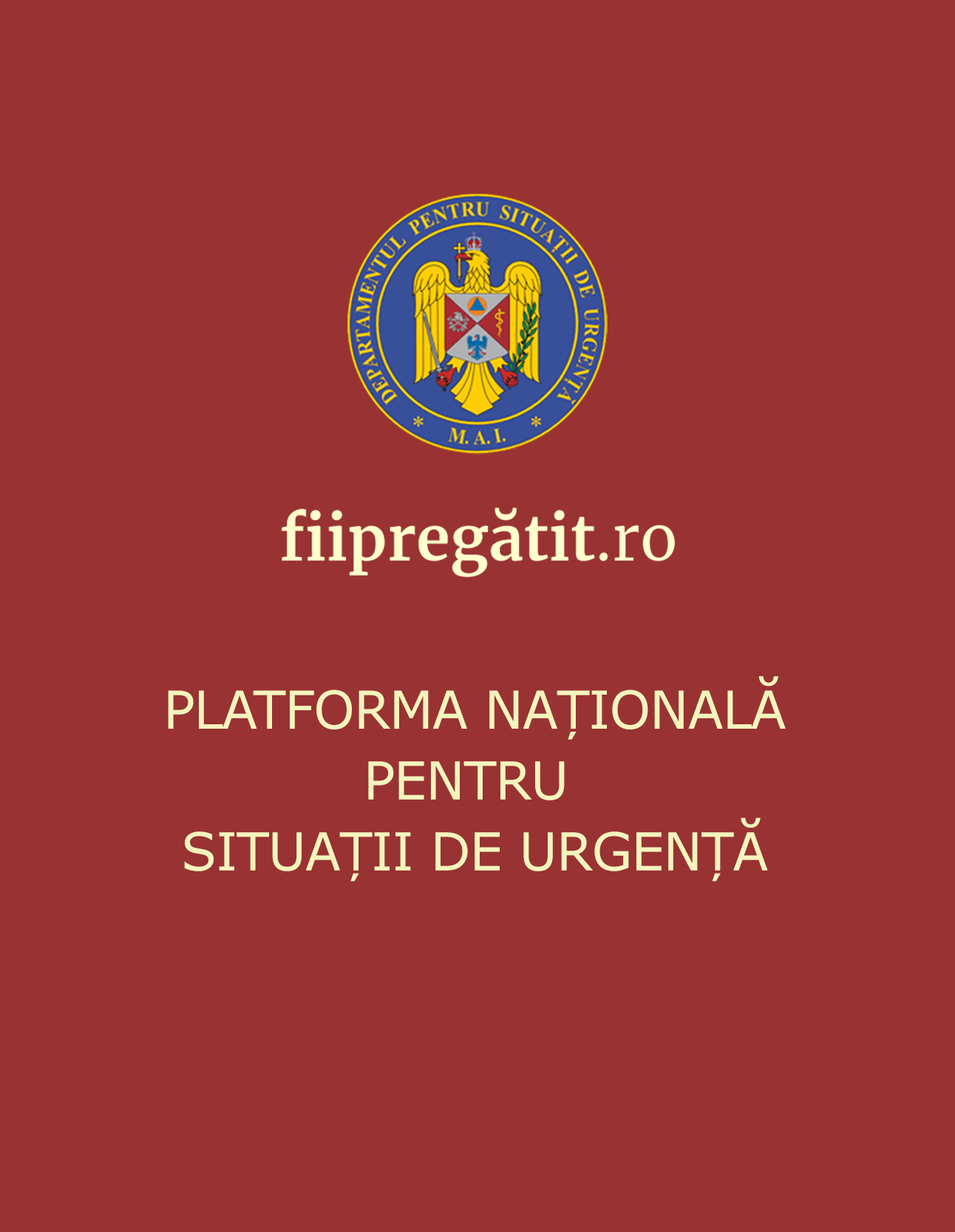Use of digital health tools in Europe: before, during and after COVID-19
Overview
This brief’s key messages are:
- Digital health tools hold the potential to improve the efficiency, accessibility and quality of care.
- Before the pandemic, efforts had been made to support implementation across Europe over many years, but widespread adoption in practice had been difficult and slow.
- The greatest barriers to adoption of digital health tools were not primarily technical in nature, but instead lay in successfully facilitating the required individual, organizational and system changes.
- During the COVID-19 pandemic many digital health tools moved from being viewed as a potential opportunity to becoming an immediate necessity, and their use increased substantially.
- Digital health tools have been used during the pandemic to support four main areas: communication and information, including tackling misinformation; surveillance and monitoring; the continuing provision of health care such as through remote consultations; and the rollout and monitoring of vaccination programmes.
- Greater use of digital health tools during the pandemic has been facilitated by: policy changes to regulation and reimbursement; investment in technical infrastructure; and training for health professionals.
- As the pandemic comes under control, if health systems are to retain added value from greater use of digital health tools, active strategies are needed now to build on the current momentum around their use.
- Areas to consider while developing such strategies include:
- Ensuring clear system-level frameworks and reimbursement regimes for the use of digital health tools, while allowing scope for co-design of digital health solutions by patients and health professionals for specific uses.
- Combining local flexibility with monitoring and evaluation to learn lessons and ensure that digital health tools help to meet wider health system goals.






